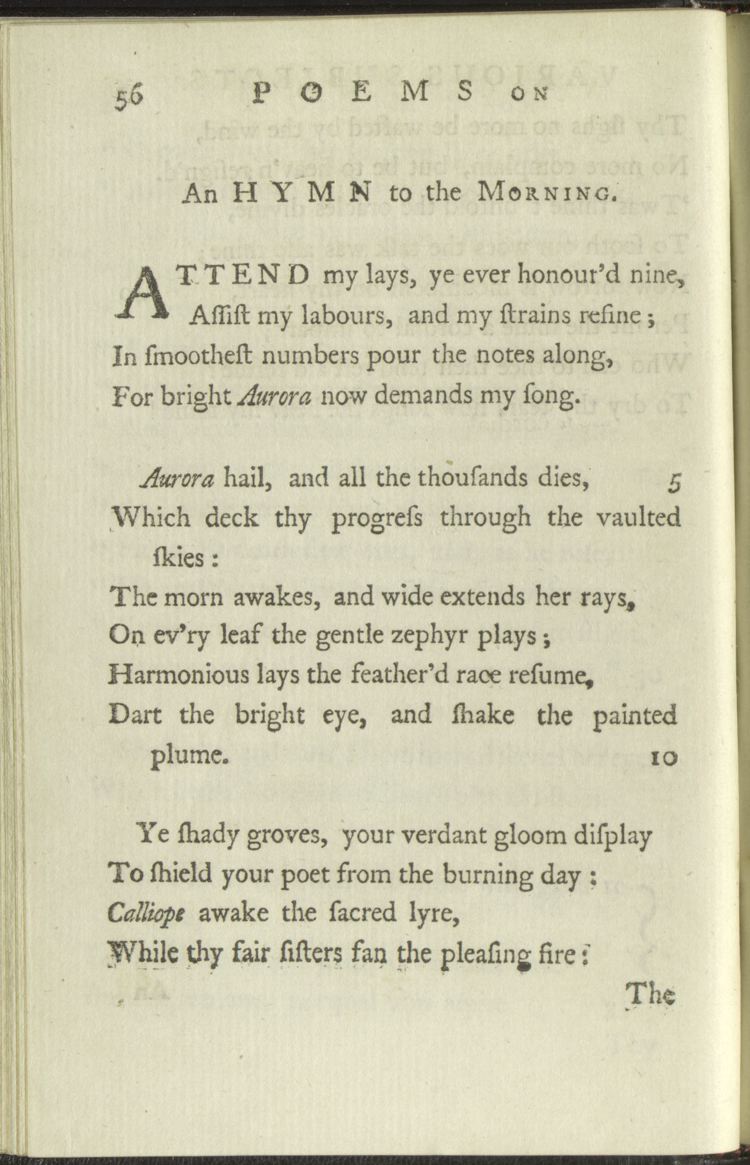Lesson Plan Three: Music
Preliminary Questions
How can music teach us about cultural identity in the United States?
How is music related to historical events?
In what ways is a song like a story?
How do these songs relate to today?
Folk Songs and Ballads
Background: Folk Songs and Ballads
The oldest category of eternal songs, at least those that we have documentation for, are folk songs and ballads that were brought to the New World from the old. Some of these were centuries old when the immigrants from England, Scotland, and Ireland boarded the ships that would carry them to America; others were being sung on the docks and in taverns the day the ships departed. These songs had been passed on by word of mouth for generations, though occasionally some enterprising antiquarian (like the famed novelist Sir Walter Scott) would copy them down and print them in collections. Many of them were ballads - narrative songs about eternal themes of love, death, honor, and betrayal - though many Americans often called them "old love songs."
Of these early ballads, the one most often collected in the U.S. is Barbara Allen. It was sung during Colonial days, and Abe Lincoln sang it as a boy growing up in Indiana. There are printed references to it in England as far back as 1666, and the poet William Goldsmith mentioned it in the mid-18th century. It continued to be popular in the age of mass media; Kentucky singer Bradley Kincaid featured it on his broadcasts from Chicago and Boston in the1920s and 1930s, and during the Folk Revival of the 1960s, Joan Baez recorded it and featured it in her concerts. Like many ballads, "Barbara Allen" is long, with some versions running to 20 stanzas - a reflection of a pre-mass media age when songs functioned as novels, soap operas, TV shows, and movies.
"Barbara Allen"
In London town where I was born,
And where I got my learning
Sweet William Green took to his bed,
For love of Barbara Allen.
He sent her letters with his man,
She read them small and moving,
No better shall ye be,
Ye'll not have Barbara Allen.
As she walked down the road to home,
She saw his hearse a-comin',
"Oh, lay him down upon the ground,
That I may gaze upon him.
Oh, mother, mother make my bed,
Oh, make it long and narrow,
Sweet William died for love today,
I'll die for him tomorrow."
They buried her by the old church tower
Him they laid beside her,
And from her grave grew a red, red rose,
And from his grave a briar.
They grew to top the old church tower,
They could not grow no higher,
And there they twined in a true lover's knot,
Red rose around the briar.
African Slave Music
"A Hymn to the Morning"
 -->
-->

"A Hymn to the Morning" from POEMS ON VARIOUS SUBJECTS, RELIGIOUS AND MORAL
1773
Courtesy of Library of Congress, Rare Book and Special Collections Division
Transcript
"POEMS ON AN HYMN TO THE MORNING. ATTEND my lays, ye ever honour'd nine, Assist my labours, and my strains refine; In smoothest numbers pour the notes along, For bright Aurora now demands my song.Aurora hail, and all the thousands dies, Which deck thy progress[s] through the vaulted skies: The morn awakes, and wide extends her rays, On ev'ry leaf the gentle zephyr plays; Harmonious lays the feather'd race resume, Dart the bright eye, and shake the painted plume.Ye shady groves, your verdant gloom display To shield your poet from the burning day: Calliope awake the sacred lyre, While thy fair sisters fan the pleasing fire:The bow'rs, the gales, the variegated skies In all their pleasures in my bosom rise.See in the east th'illustrious king of day! His rising radiance drives the shades away- But Oh! I feel his fervid beams too strong, And scarce begun, concludes th'abortive song."
Biography of Phyllis Weatley
Phillis Wheatley was born in Africa and sold into slavery in Boston, Massachusetts. Phillis' Boston owners educated her alongside their own daughters. Phillis' erudition is revealed in this poem, which referrs to the Greek goddesses of the dawn, Aurora, and to Zephyr, the West Wind. Phillis was the first African-American poet to be published.
« Return to Index
